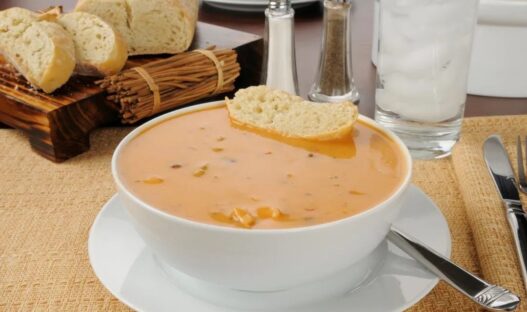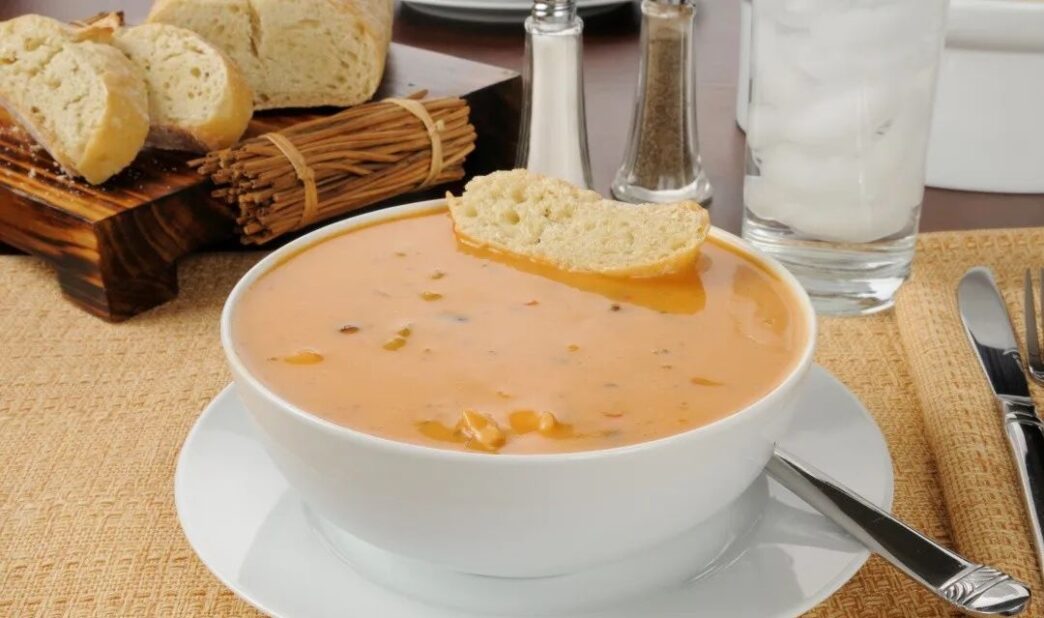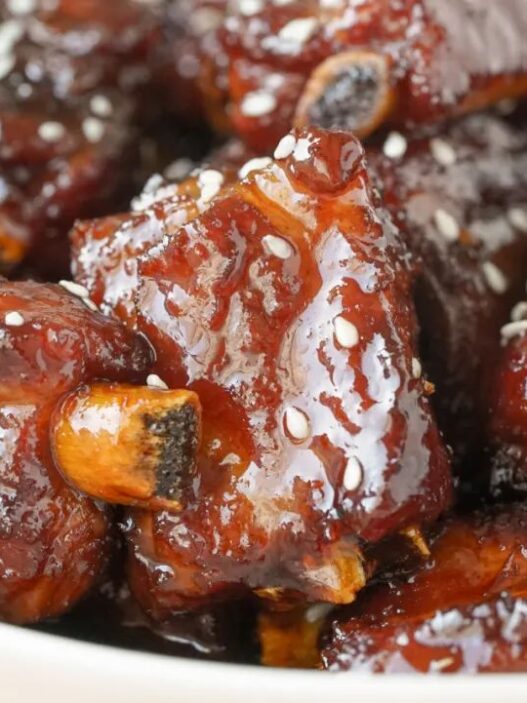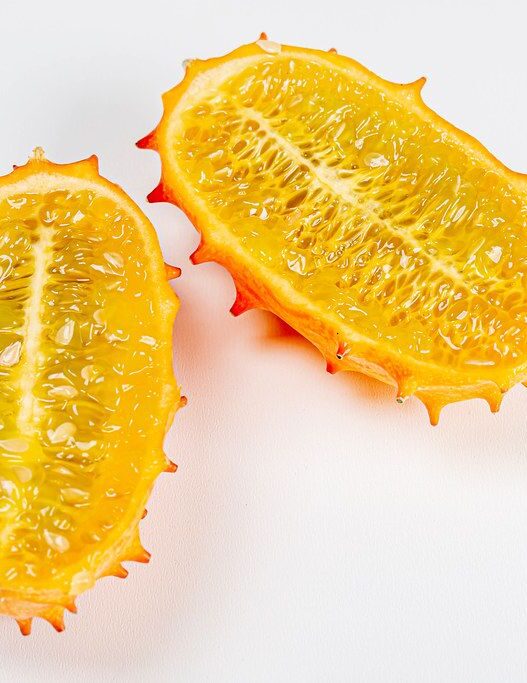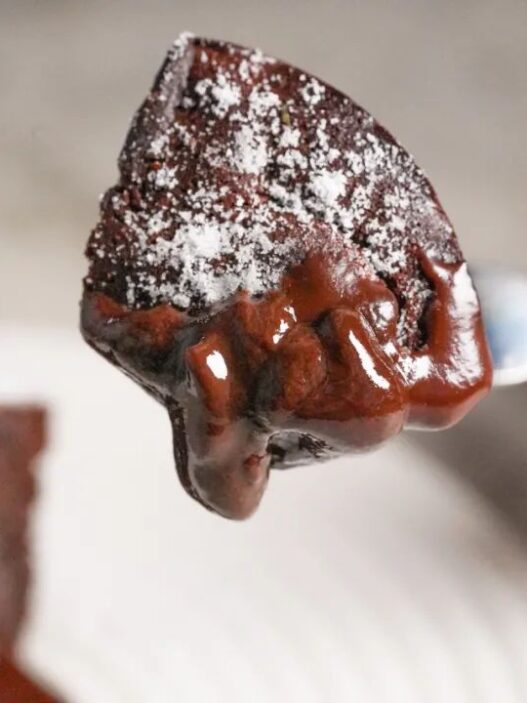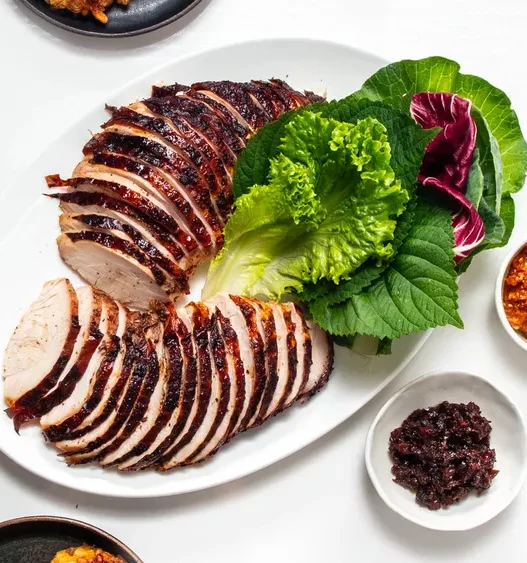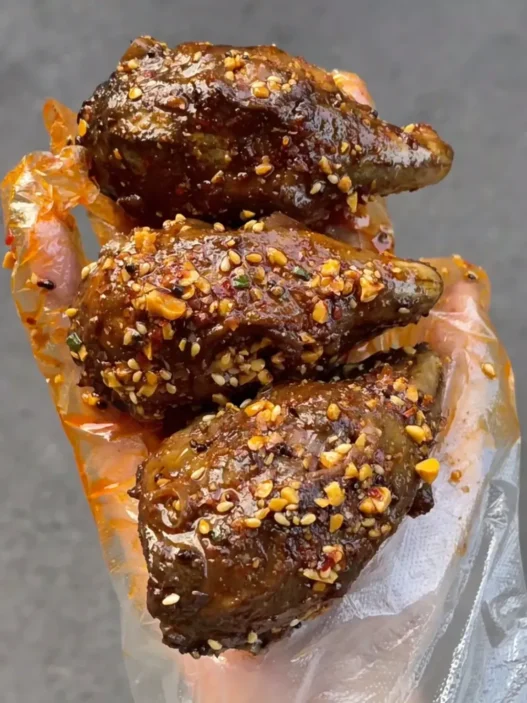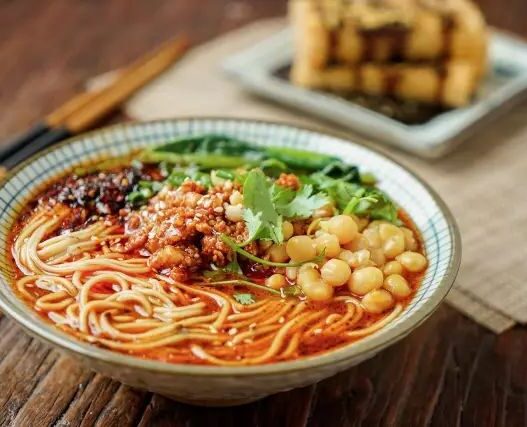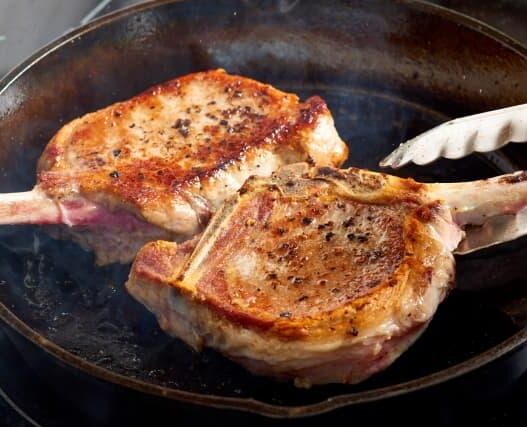Have you ever found yourself mesmerized by the tantalizing array of Indian street foods while scrolling through your favorite short video platform?
With a few unremarkable ingredients, an arsenal of mysterious spices, and a culinary process full of surprises at every turn, how does it always end up as a dish of “mush”? Whether it’s eggs, veggies, or meat, the result is invariably a delightful, mushy concoction!
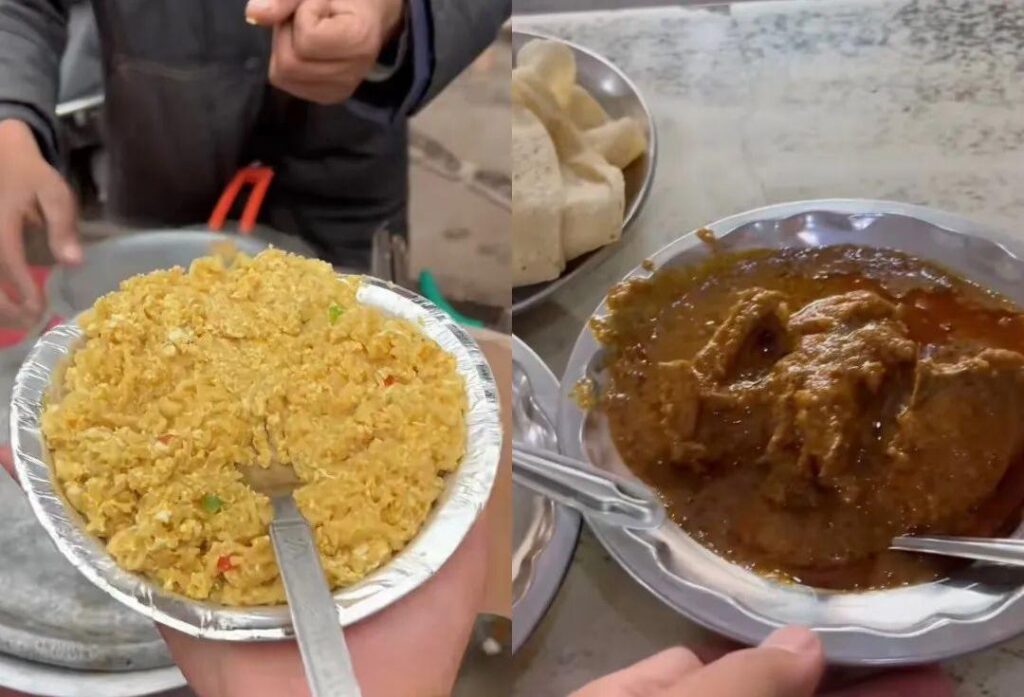
Attention: High Heat, “Mush” is Fragrant
Food is said to be a reflection of a region’s resources, traditions, culture, and even its technological prowess. In India’s “mush,” you can taste the essence of the tropical sun.
India, nestled in South Asia, boasts a climate that’s predominantly tropical or subtropical, with a monsoon season that brings both heat and humidity. Under such conditions, food spoilage is a real threat.
To combat this, preservation techniques like pickling and drying are employed, and many spices possess antibacterial and preservative qualities. Cooking with spices not only preserves food but also adds an extra layer of flavor.
Historical studies reveal that as early as 4600 years ago, during the Indus Valley Civilization, South Asians were already enriching their diets with copious amounts of spices. To unlock the full potential of these spices, dishes must be simmered for extended periods, transforming other ingredients into a savory mush.
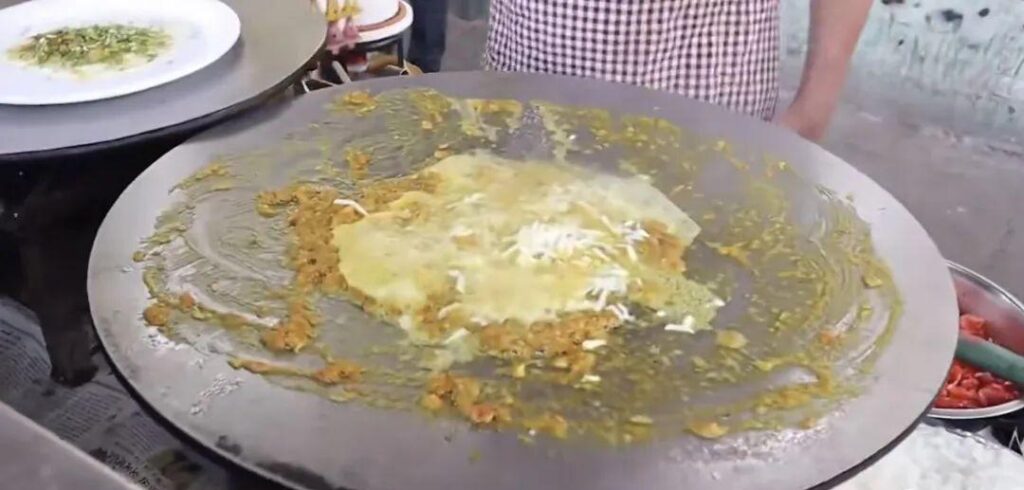
And let’s not forget, when the heat is on, appetites can wane. A dish packed with spices can reignite your hunger. When energy levels are low, sweet treats and fried snacks come to the rescue, offering a quick boost. Indian street food is no stranger to these sugary, deep-fried delights.
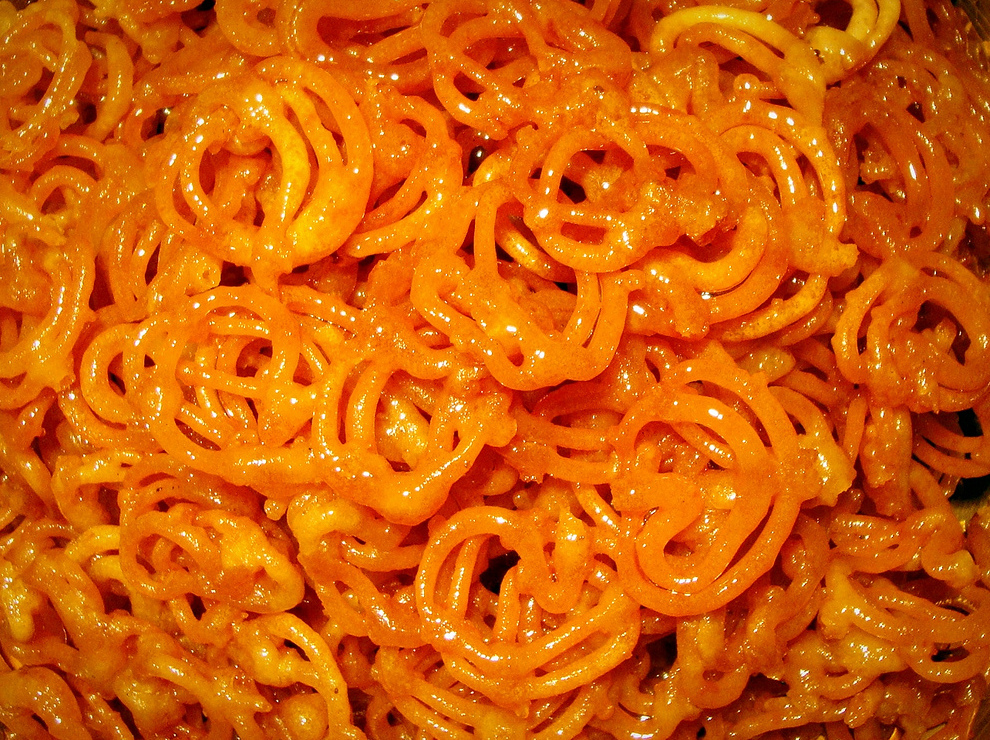
Let’s circle back to spices, the lifeblood of Indian mushy cuisine
The country’s climate, with its simultaneous rainfall and heat, is perfect for spice cultivation. South Asia is the birthplace of many spices and lies between Southeast Asia and the Middle East, making it a historical hub for spice diversity.
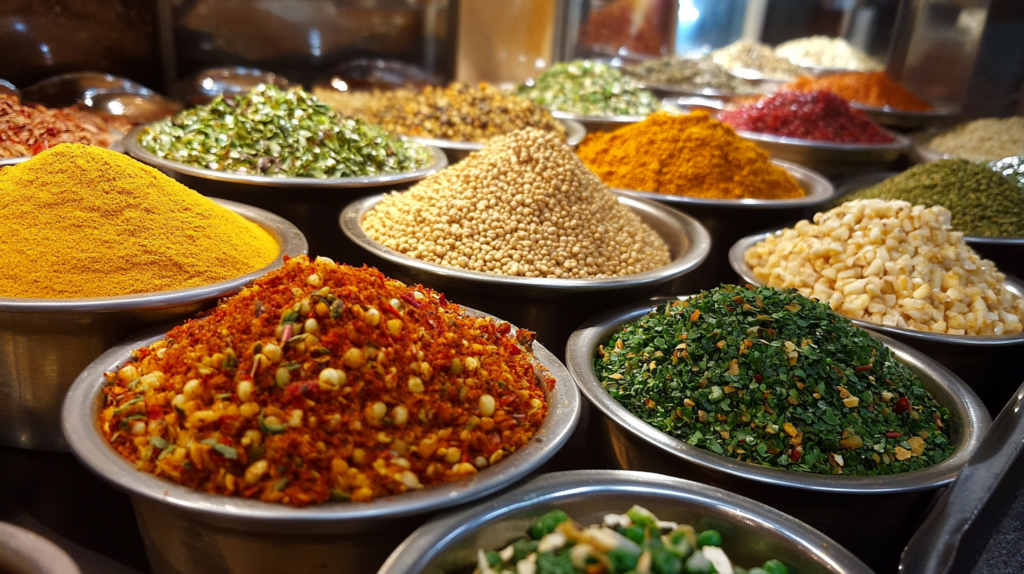
Over millennia, India has cultivated a rich spice culture. Ancestors mixed various spices to create complex seasonings like “thirteen spices” or “five spice powder,” known collectively as Masala.
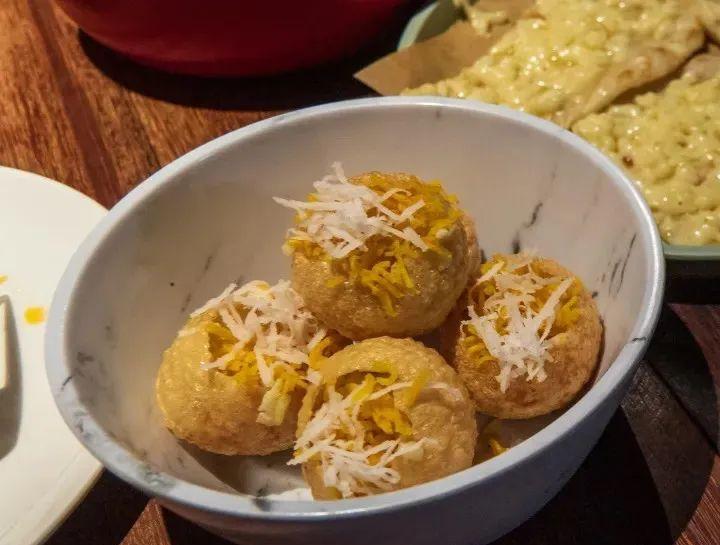
Masala, by the way, isn’t just curry. The masala recipes differ from region to region in India, typically featuring spices like pepper, nutmeg, cumin, fennel, cardamom, cloves, and coriander. Each combination yields a unique olfactory and taste experience.
As a vast nation, India also showcases culinary diversity between its northern and southern regions. Northern masalas often rely on dried spices, with a higher bread intake, incorporating dairy products like milk, cheese, and ghee. Southern masalas, on the other hand, often include more fresh spices like tamarind, with rice-based staples and sweets, and a penchant for coconut milk or juice in cooking.
Filling Stomachs with “Mush”
The prevalence of mushy dishes in Indian cuisine also speaks to economic conditions and resource distribution.
Despite being a major grain exporter, India still faces the challenge of feeding over 200 million hungry people. The deeply ingrained caste system exacerbates wealth disparities.
Historically, before agricultural advancements, common folk worldwide subsisted on mushy foods like gruels, soups, and stews. Ancient Europeans, for instance, ate thick soups, stews, and bread or porridge.
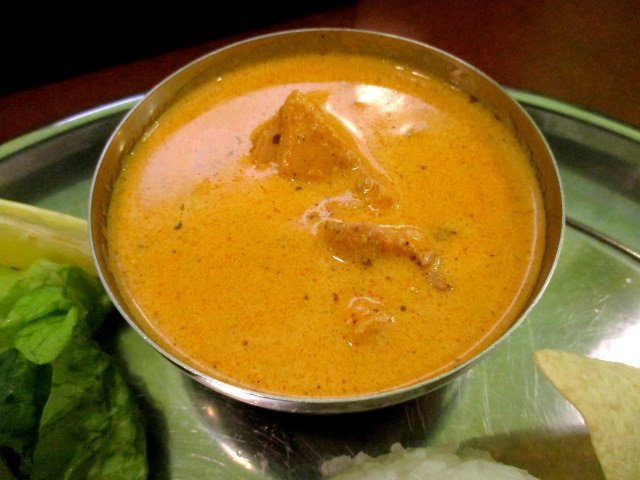
In ancient India, with limited yields of grains, meat, eggs, and dairy, most people relied on flatbreads, rice, and legumes made from flour, rice, and pulses as their staples. These bland staples were perfectly complemented by the flavorful mush. Today, adding fat to the mush not only makes it more filling but also helps conserve food resources.
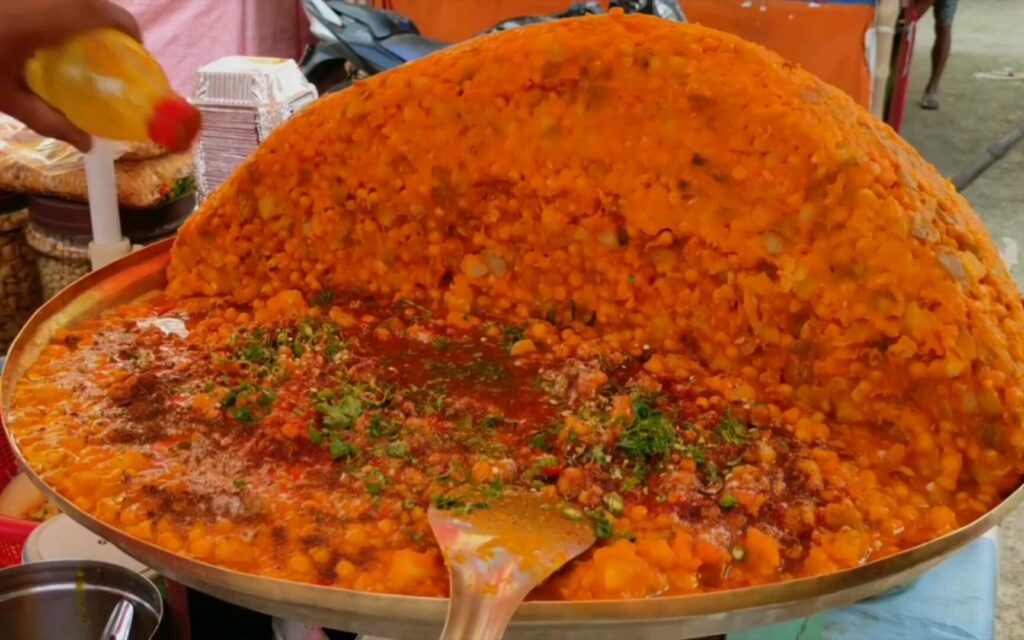
In fact, in less developed agricultural times and in many countries where eating with hands is common, mush (or sauces) is a staple, much like Injera in Ethiopia, eaten similarly to Indian naan with a rich sauce called wot.
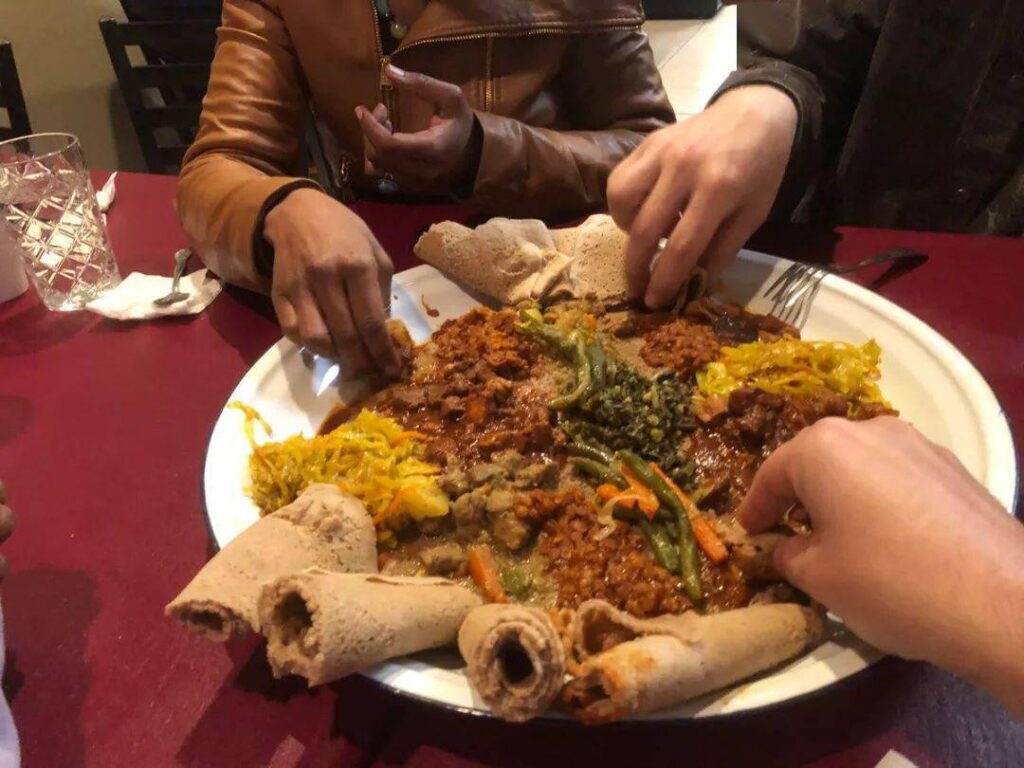
Vegetarianism, Eating with Hands, “Mush” is Practical
Religion has profoundly shaped Indian food habits.
India, a land steeped in religious fervor, is the cradle of Hinduism, Jainism, and other faiths that emphasize non-violence and advocate for vegetarianism. Many Indians prefer a vegetarian diet, and often, the upper echelons of society are even more inclined towards vegetarianism, making the quality of food a point of focus. Thus, the challenge lies in making vegetarian dishes both delicious and resistant to spoilage.
The Indian solution? Incorporate a plethora of spices, legumes, and dairy into vegetable dishes, creating a thick, nutrient-rich mush.
Eating only plant-based foods can make it difficult to meet protein requirements. Indians often turn to legumes like chickpeas for protein supplementation. When cooked to a mushy consistency with various spices, these legumes, known as Dahl, become both appetizing and protein-rich, a cornerstone of Indian cuisine. To us, these lentil purees are indeed a form of “mush.”
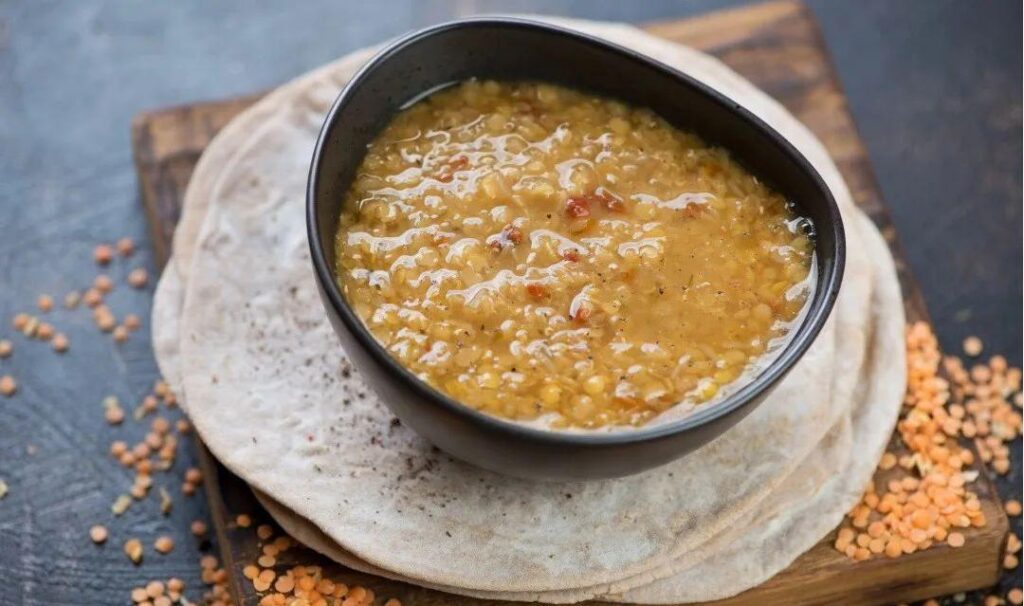
Lastly, many Indians view food as a divine gift, and eating with hands is a way to honor this belief.
Indian culinary tradition sees eating as a multi-sensory experience, with touch playing a crucial role. Charak Sanhita, the founder of Ayurveda, believed that the act of eating should engage all five senses: hearing, smelling, seeing, touching, and tasting.
Eating with hands allows for a more direct connection with the food, feeling its warmth, texture, and consistency. The mushy sauces are ideal for dipping with large, satisfying portions of bread or rice.
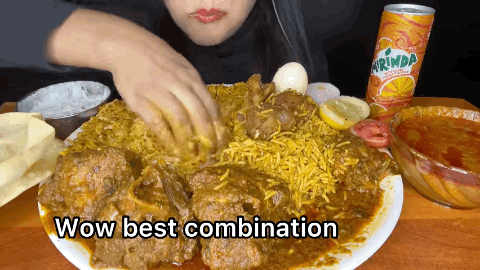
However, not all Indian cuisine is about “mush.” From samosas to pit-roasted meats, pickles (yes, India has pickles too), biryani similar to Xinjiang pilaf, a variety of breads, and an array of fried snacks, there’s a wealth of flavors beyond the mush.
In truth, Indian cuisine is incredibly diverse, with regional and ethnic differences, making it unjust to reduce it to mere “mush” and spices. Indian food deserves more than just a stereotype.
So, does Indian food look appealing enough to try? Of course, when exploring new cuisines, always opt for clean and hygienic establishments!







